
The fact that this is my first click beetle (Elateridae) profile is much more revealing about my laziness in identification than it is about the abundance and diversity of click beetles. I find them regularly, but have seldom taken the time to try to identify them because so many of them are so superficially similar. Which is why I was particularly excited when I observed this well marked pair along (and at one point in) a little backwater of the Wind River in Skamania County, Washington. And, at least for our region, those markings proved to be definitive.
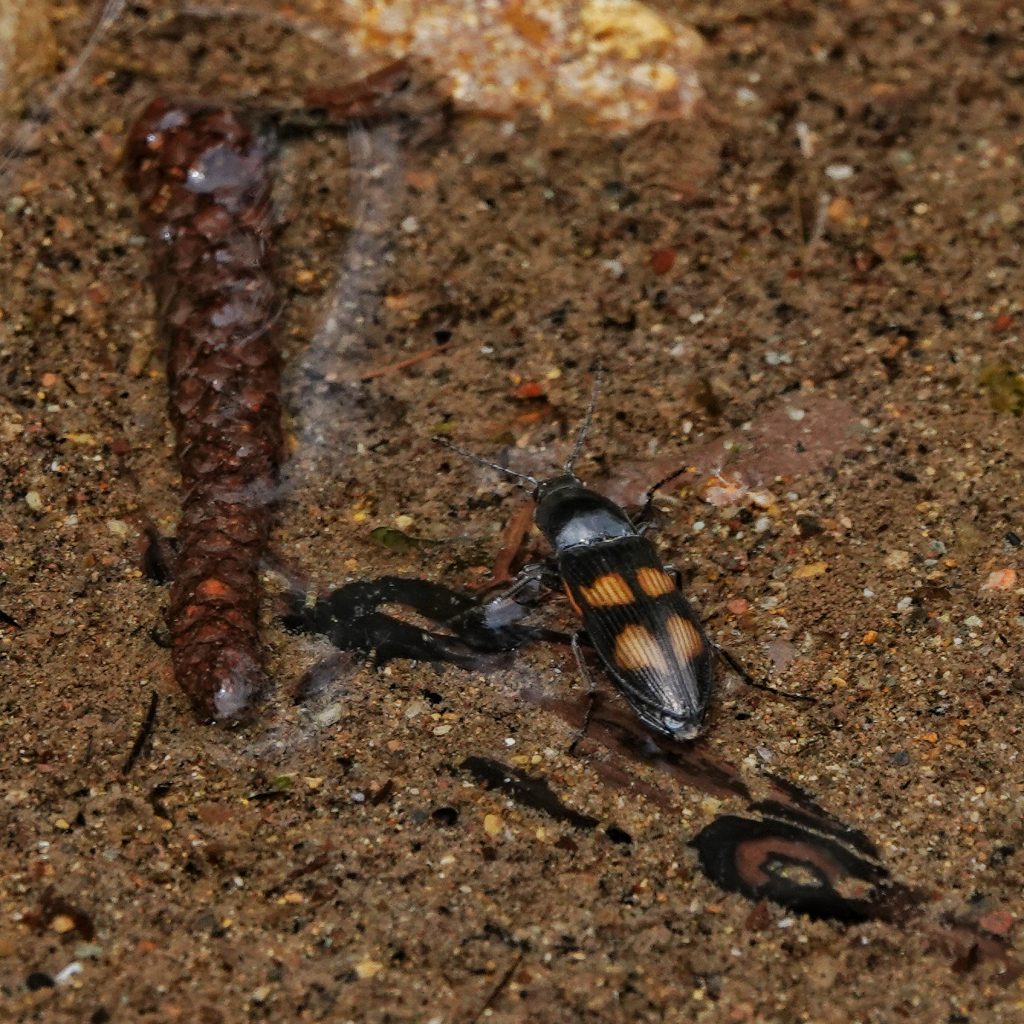
It’s a shame that click beetles can be so hard to identify (or, to be honest, that I’m unwilling to make the effort), because they are actually really cool beetles. The clicking jump itself is an amazing evolutionary adaptation that is primarily used when they find themselves on their back, so that their legs are not useful. Instead they have a hinge between the thorax and abdomen, and a peg on the thorax which can be hooked to a plate at the front of the abdomen. Then a large muscle contracts and stretches a pliable cuticle like a rubber band, and when the peg is released the body flexes abruptly (with an audible click) and hurls the beetle into the air with a force of up to 300 times the force of gravity (fighter pilots only deal with 9Gs). Apparently the pliable cuticle also softens the shock of these launches.
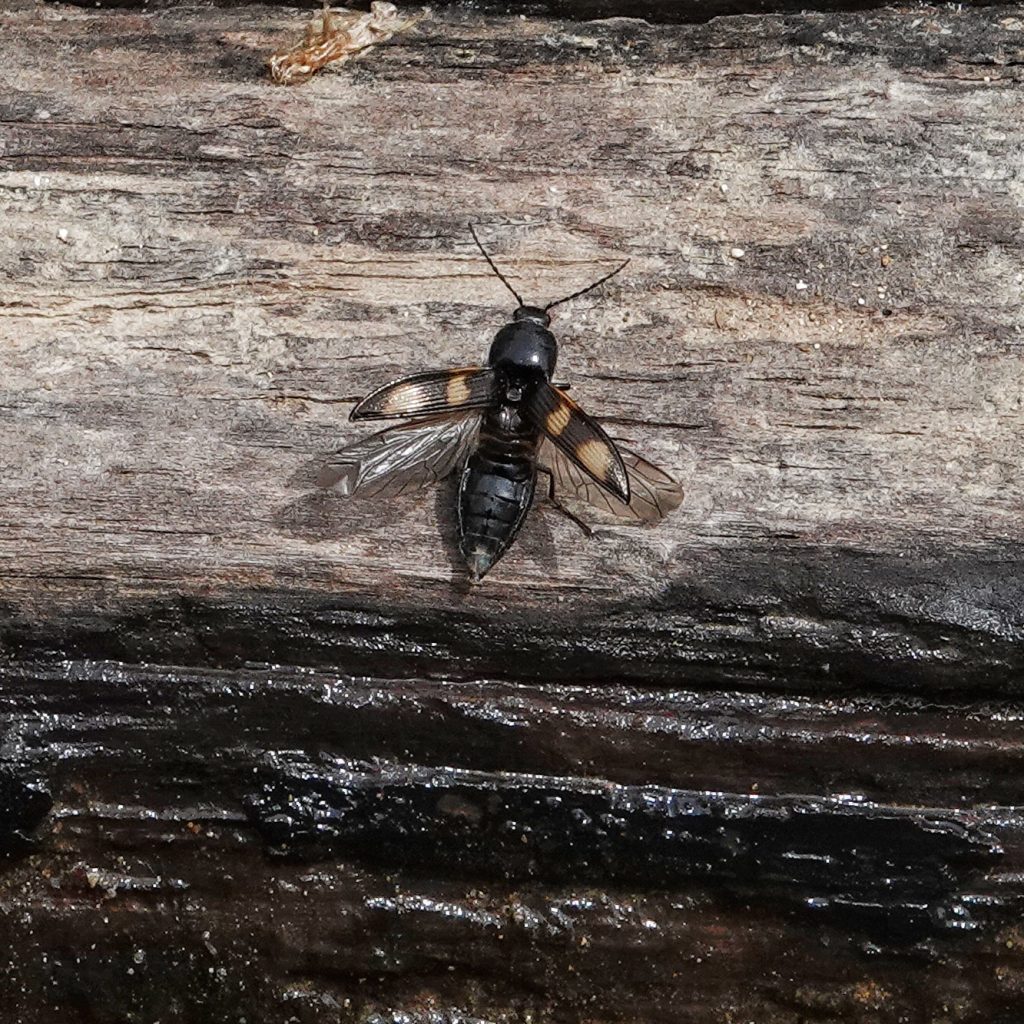
The larvae of click beetles are called wireworms, and they can be quite a damaging agricultural pest, although Selatosomus suckleyi is not considered to be a pest species. One reason I can be sure of that is that studies for agricultural pests receive funding, and there is very little information available for S. suckleyi, although some of their congenerics (primarily Selatosomus aeripennis and S. destructa) have been studied because they are pests. I am deeply indebted and grateful to PJ Johnson for taking the time to educate me about the life history of this species. Almost all of the following information (that is not prefaced by ‘may be’ or ‘probably’, which are my own assumptions) came from him. Thank you Mr Johnson!
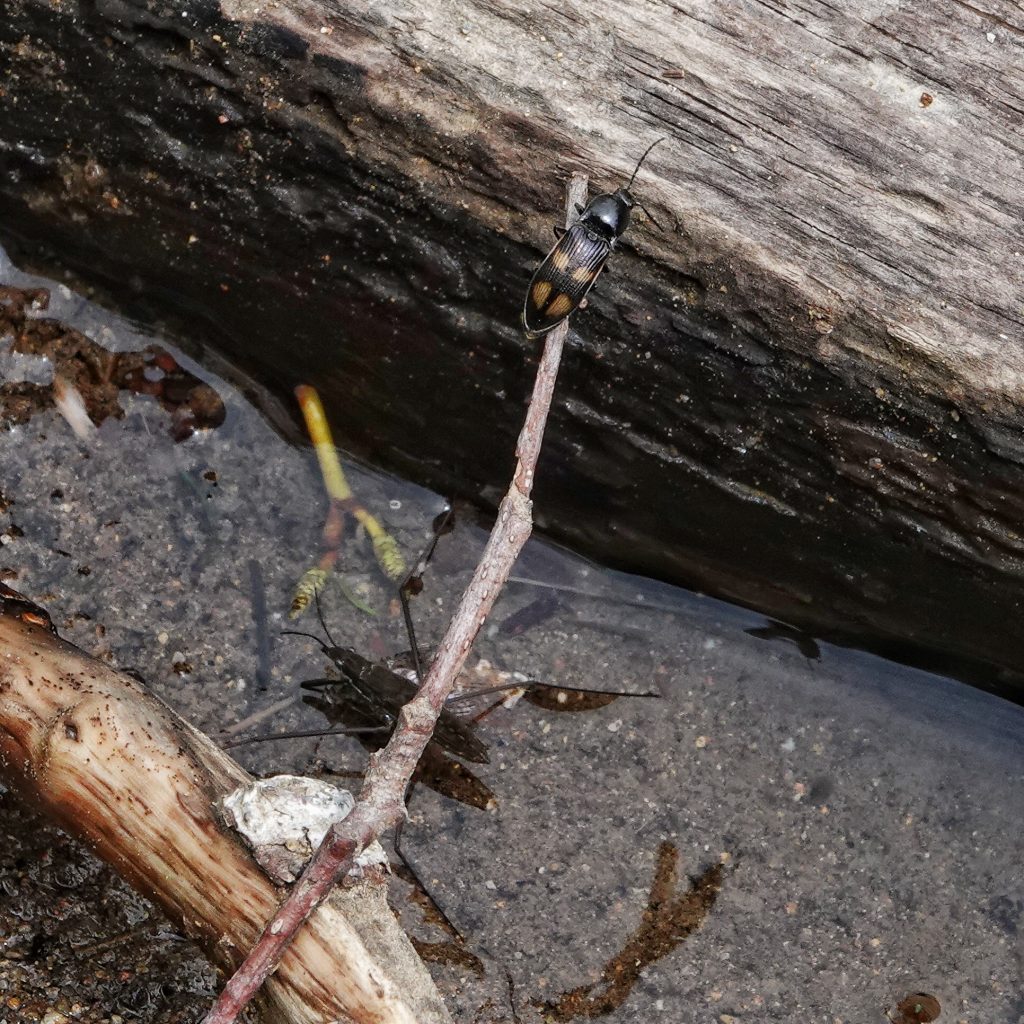
Description-Medium sized (13-19mm), shiny black click beetle with two large, orange to yellow, marks on each elytron; body mostly black or black and orange; pronotum all black, with very fine punctures sand long rear corners; head is all black with coarse punctures; scutellum covered with fine hairs.
Similar species–Selatosomus festivus has orange pronotal margins; Megapenthes spp. much smaller (5.5-6.5mm), with smaller markings
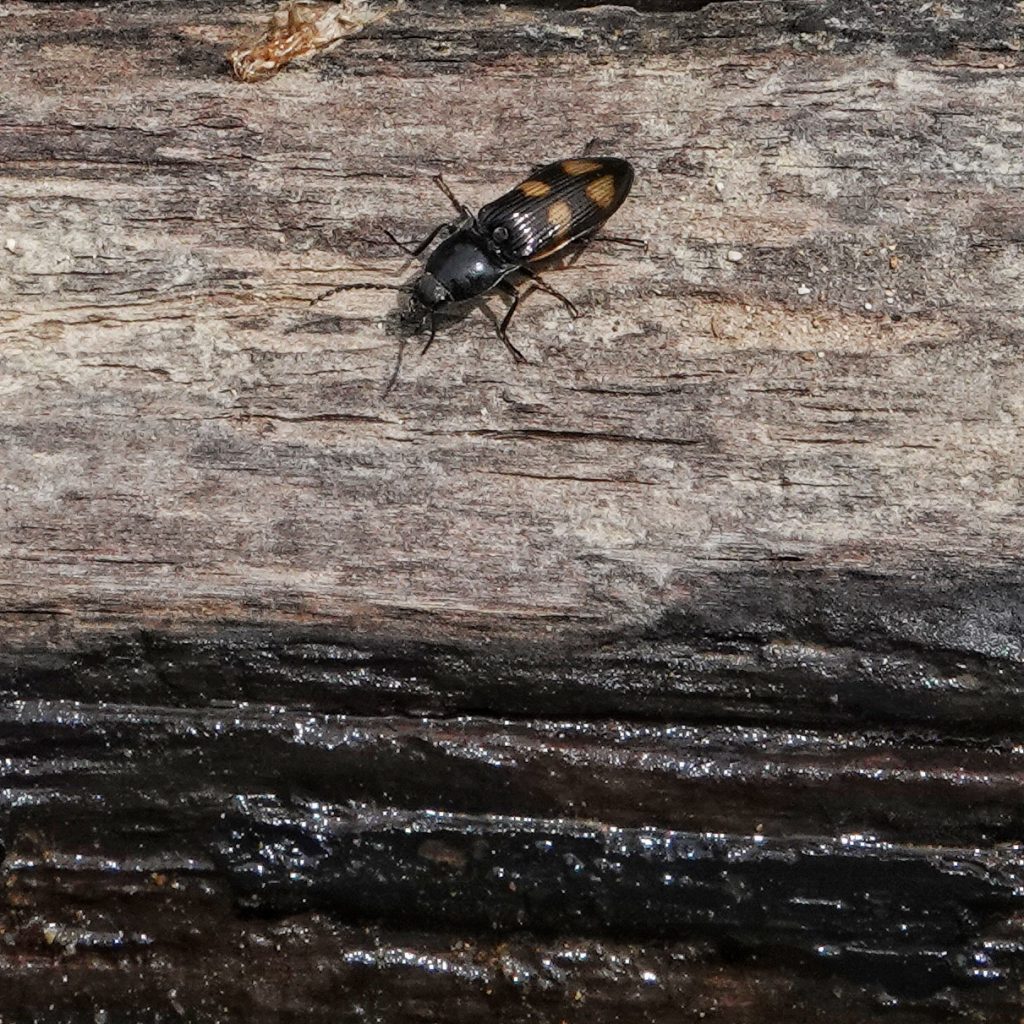
Habitat-Forest edges, meadows, and balds up to middle elevations.
Range-Native; found west of the Cascades
Eats-Larvae are omnivorous and will feed on plant roots and sprouting seeds, but grow faster and larger when also feeding on invertebrates; adults may feed on the leaves of grass and shrubs
Eaten by-Probably eaten by insectivores of all classes
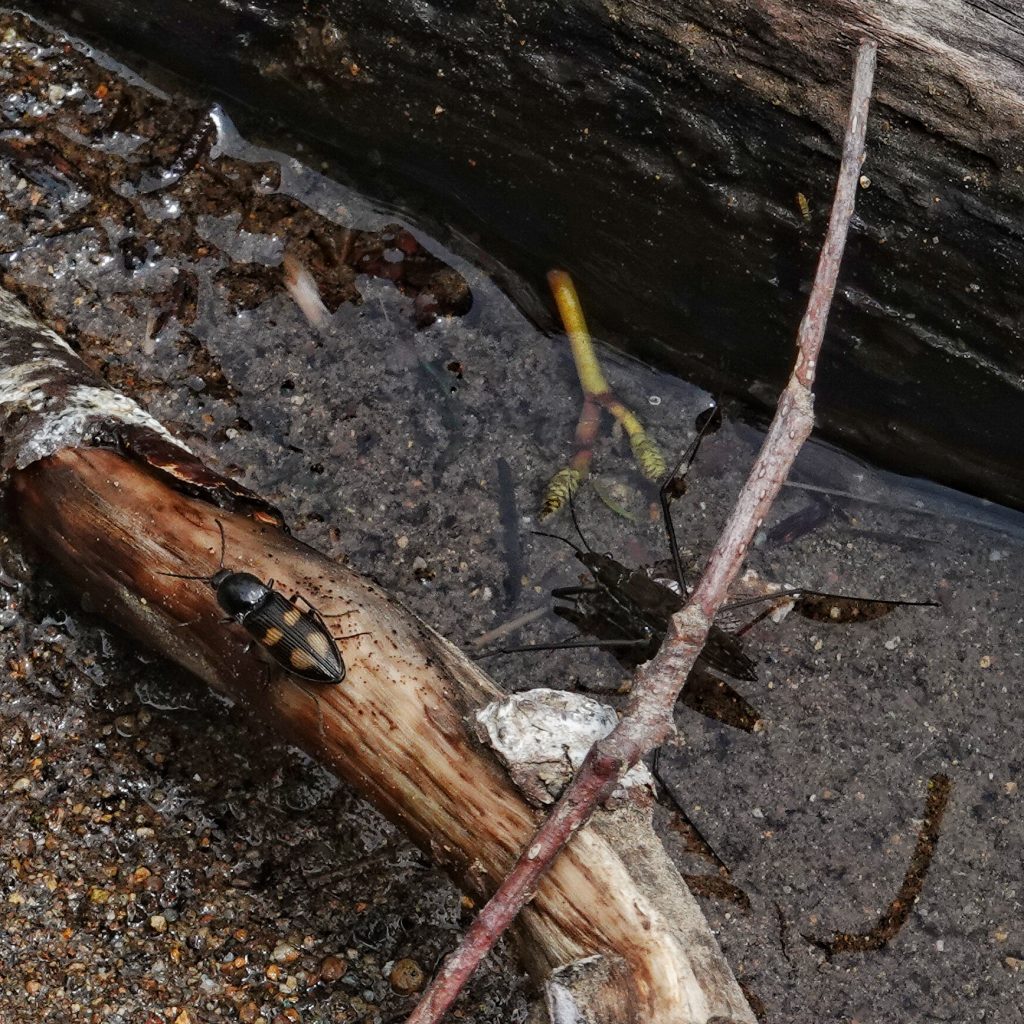
Adults active-April through July
Life cycle-Eggs are laid in the soil, and the larvae live in the soil; larval phase lasts 2-4 years and includes 3-5 instars; pupation happens in the soil in late summer, and the recently metamorphosed adults overwinter.
Etymology of names–Selatosomus may be from the Greek words for ‘light/shine’ and ‘body’, and refer to the hairless and shiny elytra and pronotum, but I can’t positively confirm this. The specific epithet suckleyi may honor George Suckley (1830-69), a naturalist who explored the PNW in the mid 1800s, but again I cannot confirm this.
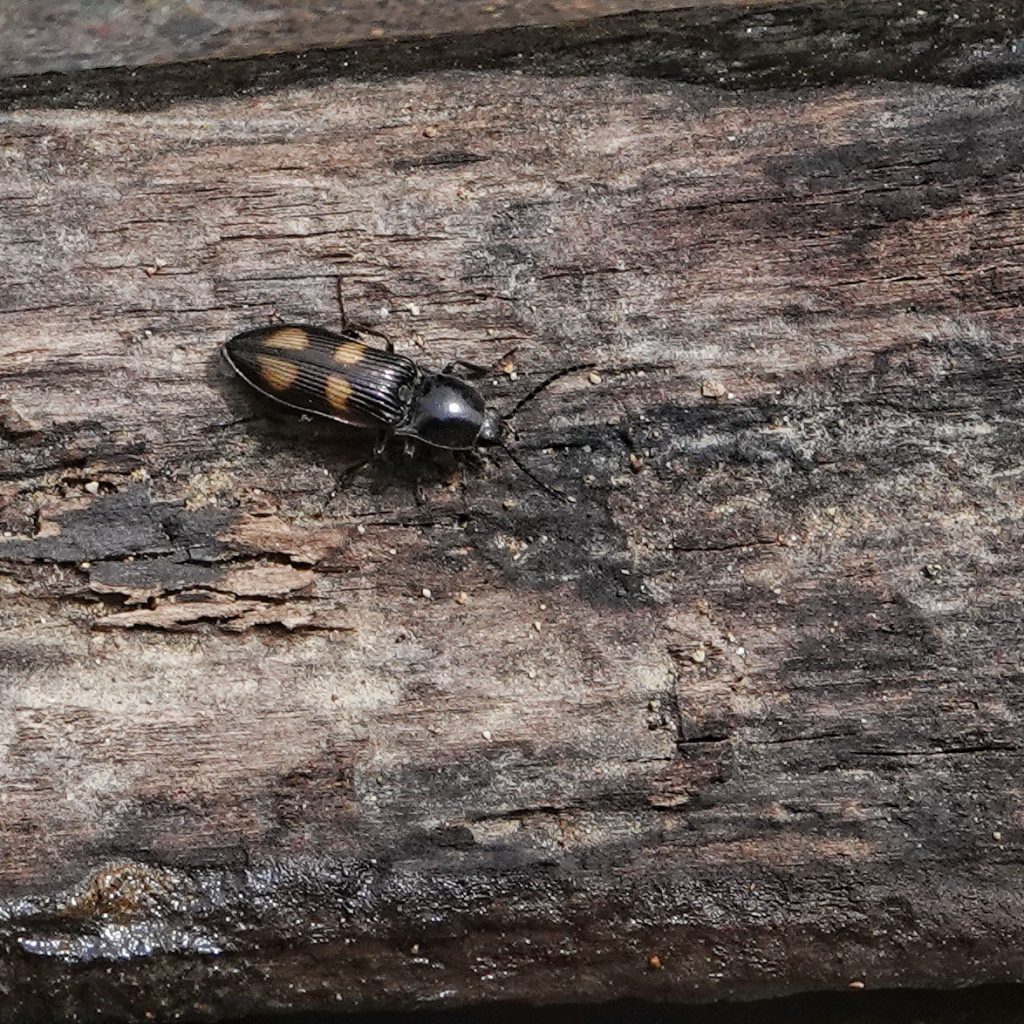
https://massivesci.com/articles/click-beetle-mechanics-jump-fast/
https://bugguide.net/node/view/165836
https://en.m.wikipedia.org/wiki/George_Suckley
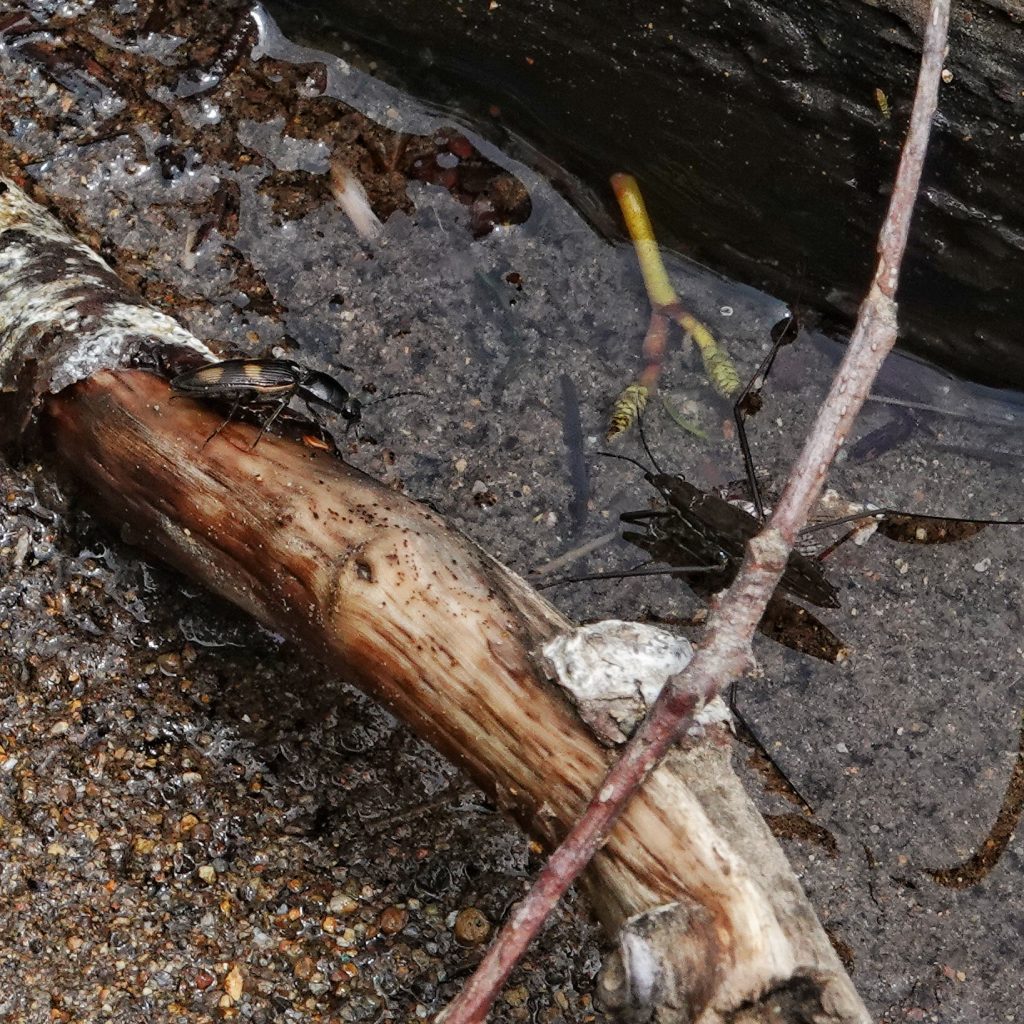
Amazing! I had no idea. I can hardly imagine what evolutionary pressures led to the development of the click mechanism. I’ll be looking for them now!
I’ve started a new game.
I call it GWIAPOABOTBG.
Guess Whether It’s A Plant Or Animal Based On The Blog Title.
I’m not very good at it, and it’s not a very good name, but I assure you the game is—-nevermind.
That’s funny, Kat! Probably easier on the ones where there is a consensus common name in the title.